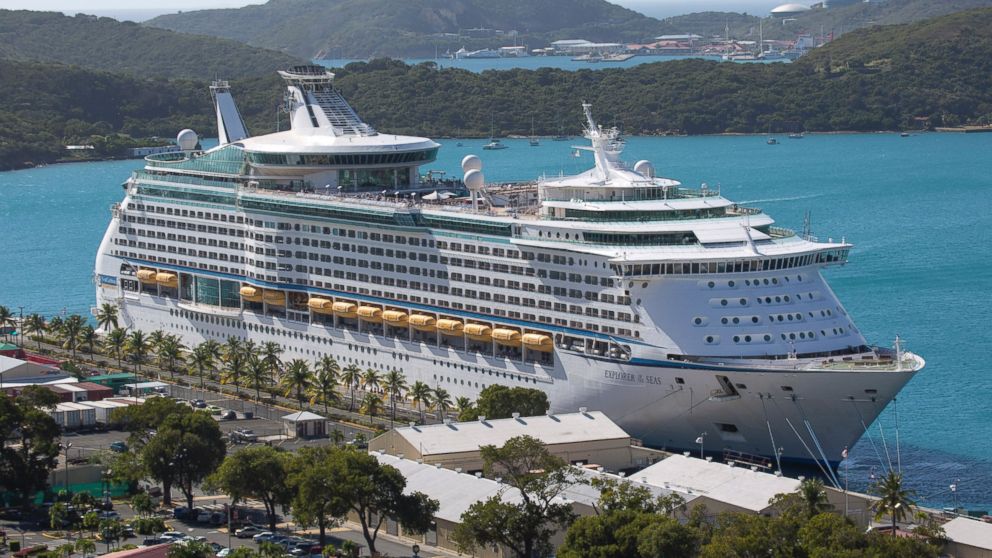Sydney Norovirus Strain Responsible for Royal Caribbean Nightmare
CDC says GII-2 strain sickened 600 passengers and crew on Explorer of the Seas.

Feb. 6, 2014— -- The norovirus that sickened more than 700 people aboard Royal Caribbean’s Explorer of the Seas has been identified as the GII.4 Sydney strain, so named because it originated in Australia.
The Centers for Disease Control and Prevention confirmed today that it is the most common norovirus of about 20 different types in the country right now, affecting significantly more landlubbers than those aboard cruise ships.
Norovirus is the leading cause of gastrointestinal symptoms like vomiting and diarrhea. It causes 21 million infections and about 800 deaths annually in the United States, according to the CDC.
“The norovirus is a very democratic virus –- it affects everybody,” said Jan Vinje, the head virologist who tested the Royal Caribbean germ samples in the CDC’s lab. “If we look at the land outbreaks, the cruise ships make up less than 1 percent [of the cases].”
Why norovirus is so nasty and terrifying to travelers.
The GII.4 Sydney strain was identified in 2012 and first surfaced in Sydney.
“Our Australian friends detected the new strain six months before it came here,” he said. “Three years before that, we discovered one in the U.S. It was an event in New Orleans.”
In 2013, seven of the nine cruise ship disease outbreaks were from the norovirus, according to the CDC's Vessel Sanitation Program, which monitors these outbreaks.
Even with scrupulous cleaning, the virus can still remain intact, according to Dr. Richard Besser, ABC News' chief medical correspondent.
“The virus is not killed by alcohol sanitizers. It survives and can be infectious on surfaces,” he said. "People who are infected will shed the virus for days after their symptoms resolve. This is a real problem for food workers on cruise ships. Lastly, if you go into a bathroom that has been used by someone who has the norovirus, you can get sick.”
Vinje said most times the virus is brought aboard cruise ships by a passenger and then it spreads.
“Usually you see these outbreaks in the first two to three days after the voyage starts,” he said. “It’s introduced by someone like grandma, who maybe have been a little sick and a family member tells her, ‘It’s your 50th anniversary –- go anyway.’ She brings it on board.”
After that the quick-spreading virus gets in the air and on handrails. “It’s very infectious and survives,” said Vinje.
In recent years cruise ship companies have been meticulous about cleaning and food preparation. “It’s even better than most restaurants you go to here [on land],” he said.
Vinje said Americans should not postpone cruises because of this new norovirus strain. “When we did the math last time, and looked at the total number of voyages annually, maybe less than half a percent had outbreaks. They are perfectly safe.”




